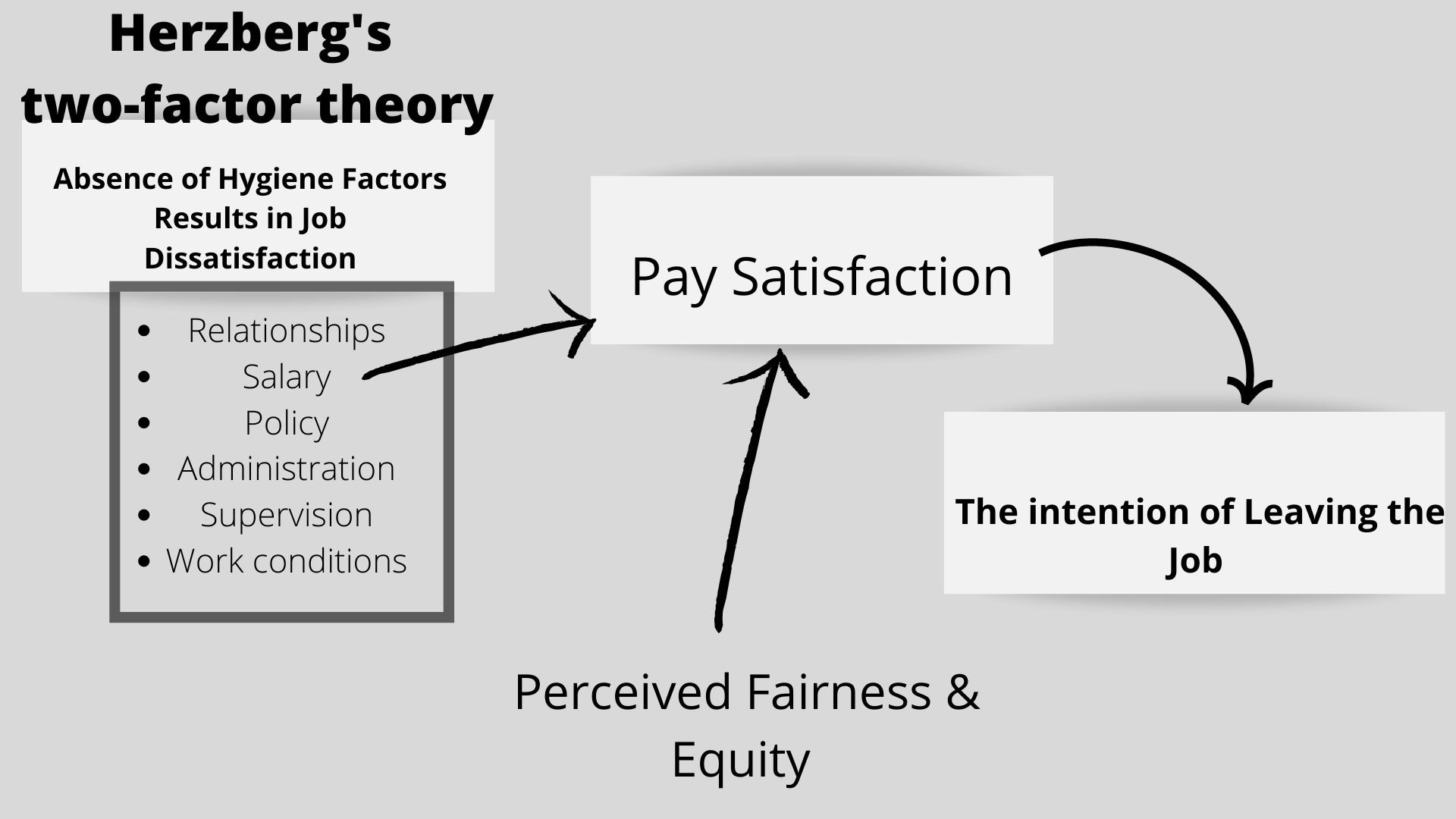Is there a Fix for the Nurse Crisis is America?
As I embark on my research study, I can't help to wonder what the future truly holds for healthcare!
The title of my research paper is "The Relationship Between Pay And the Intention To Leave Among Rural and Urban Acute Care Hospital Registered Nurses."
Throughout my career, I felt that my pay as a bedside Registered Nurse did not match how hard I worked. It was often confusing to hear about high salaries of people in other industries that were relied upon much less than a healthcare professional. For 26 years I brushed this off. The pandemic brought to surface the true values for America's frontline and essential workers. As I dwelled over a Capstone topic for the culmination of my scholarly journey as a Doctor of Healthcare, I could not shake the feeling of importance for studying the single variable of pay and the impact it has on retention. The theory is that nurses are nurses for the intrinsic drive and not for the money. While I believe this still have a degree of importance, I feel it must be studied and entered into the literature.

It is no mystery to anyone reading this post that we are in a crisis. I don't want to bore you with statistics and my focus is not to impress you with all the data showing this, rather ask you a simple question. Afterall, my goal is to provide recommendations to improve the nurse workforce crisis in America. The simple question is this....
HOW DO WE FIX IT SO NURSES STAY IN NURSING AND PEOPLE LOOK AT NURSING AS A VIABLE CAREER TO PURSUE?
I will share a few statistics now that I have you thinking. Between 2020 and 2030, it is projected that we need 275,000 new RNs to fill the expected void (Haddad et al., 2022). Let that sink in for a moment. As you may know, hospitals are turning away patients because they don't have capacity. The real story is that hospital's are turning away patients because they don't have staffed bed. As RN's leave the bedside, the ability to fill beds with patients will increase. The present problem is that assumptions are made as to why nurses are leaving hospitals, leaving the bedside, and leaving the profession. Assumptions are dangerous and result in incorrect interventions that fail to fix the true problems. If you want to fix the problem, you have to ask the tough questions. When you ask the tough questions, you must be prepared to hear and fix the answers you receive.
A created a theoretical framework to help understand why nurses are leaving. This framework takes portions of frameworks that are validated and tested in the literature throughout history. My theory is simple. Hertzberg's two-facto theory states that when intrinsic factors are met, job satisfaction goes up. It also states that when hygiene factors (pay) are not present, job satisfaction goes down. This makes sense! The theory also states that when hygiene factors are present, job satisfaction doesn't change. Let that concept resonate for a moment. Next, I pull out pay satisfaction from this theory and examine principles around perceived fairness and equity. When this is not met, the intention to leaving the job increases.

Image is the sole rights to John Green and may not be reproduced without permission. Figure constructed from the reference by Alshmemri et al. (2017); Chaudhry et al., (2022); Syptak et al. (1999).
Now that I got the technical stuff out of the way, I would like to free associate for a moment. Without nurses, hospitals can't run. We are paying enormous contract rates for agency nurses to fill the demand and yet not hearing our dedicated core staff who never left. We must meet somewhere in the middle. The more beds we close, the more revenue is loss. In my brain it is a simple ROI (return on investment) situation. Satisfy the hygiene component and together with the intrinsic factors, retain more nurses and care for more patients. This requires an initial investment by the hospital, however if attrition/turnover rates decrease, costs to recruit and train new nurses decreases. On average it costs an organization 1.3 times the salary to onboard and train a new RN. In addition to the costs, on average it takes a hospital 89 days to fill the newly vacant position. During the vacancy time, beds may become blocked or unstaffed, nurses work harder and care for more patients, and premium pay demands go up. It is usually a combination of all three of these factors per nurse. Now for the scary statistic! The RN turnover rate since the pandemic has hit a staggering 19.1%!
I look forward to the data discovery and summary portion of my paper. I will post my completed, approved study for all to view. I have my assumptions, but know this is not enough. I need data to show the real story and if pay truly does matter for the current crisis. There are so many variables that go into why a nurse leaves. I feel pay is an important variable to measure, while performing a multi variant regression analysis to look at rural and urban settings. We know that work settings are not all the same.
I appreciate any comments and look forward to sharing more with you as I complete this journey. This study is only the beginning! I hope it will open the door to future explorations for improving the RN workforce. We must fix the healthcare crisis in America and it starts by improving the healthcare workforce in America!
GOD BLESS ALL THE HEALTHCARE HEROES!
REFERENCES
Alshmemri, M., Shahwan-Akl, L., & Maude, P. (2017). Herzberg’s two-factor theory. Life Sciences Journal, 14(5), 12-16. https://doi.org/10.7537/marslsj140517.03
Chaudhry, S., Kauer, M., Odembo, H., & Saleh, A. (2022). Correlation between pay and job satisfaction. Journal of Business Studies Quarterly, 11(3), 10-18. http://library.capella.edu/login?qurl=https%3A%2F%2Fwww.proquest.com%2Fscholarly-journals%2Fcorrelation-between-pay-job-satisfaction%2Fdocview%2F2647408630%2Fse-2
Haddad, L. M., Annamaraju, P., & Tony-Butler, T. J. (2022). Nursing shortage. National Library of Medicine. https://www.ncbi.nlm.nih.gov/books/NBK493175/
Syptak, J. M., Marsland, D. W., & Ulmer, D. (1999). Yes, it is possible for you and your employees to be happy on the job. The key is how you handle two factors: motivation and ‘hygiene’. Family Practice Management, 6(9), 26-30. https://www.aafp.org/pubs/fpm/issues/1999/1000/p26.html